Persian Shield (Strobilanthes dyerianus) is a striking ornamental plant known for its vibrant, iridescent foliage. Native to Myanmar (Burma), this tropical beauty can be grown as an annual in cooler climates or as a perennial in warmer zones. Follow this comprehensive guide to successfully grow and care for Persian Shield plants.
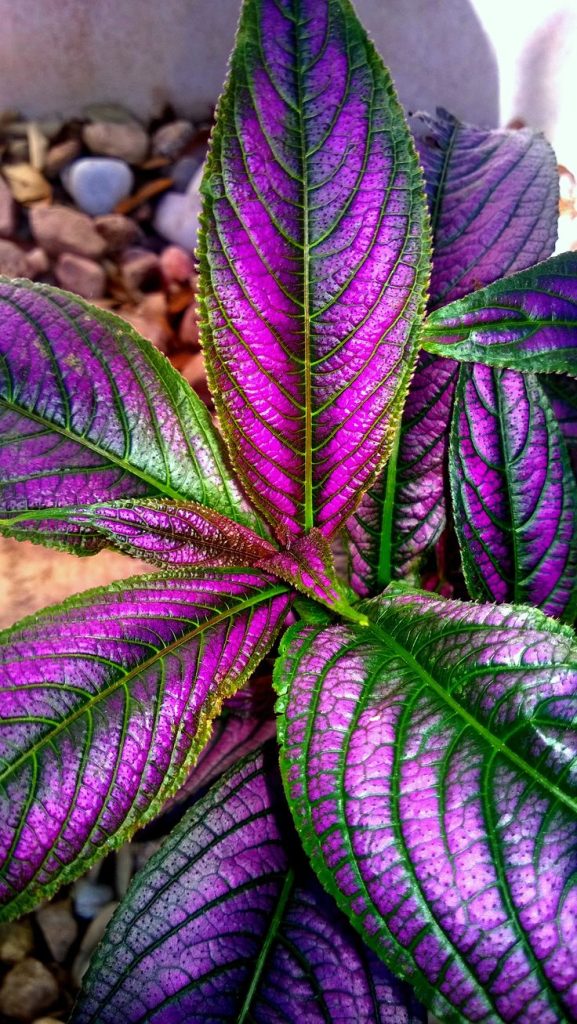
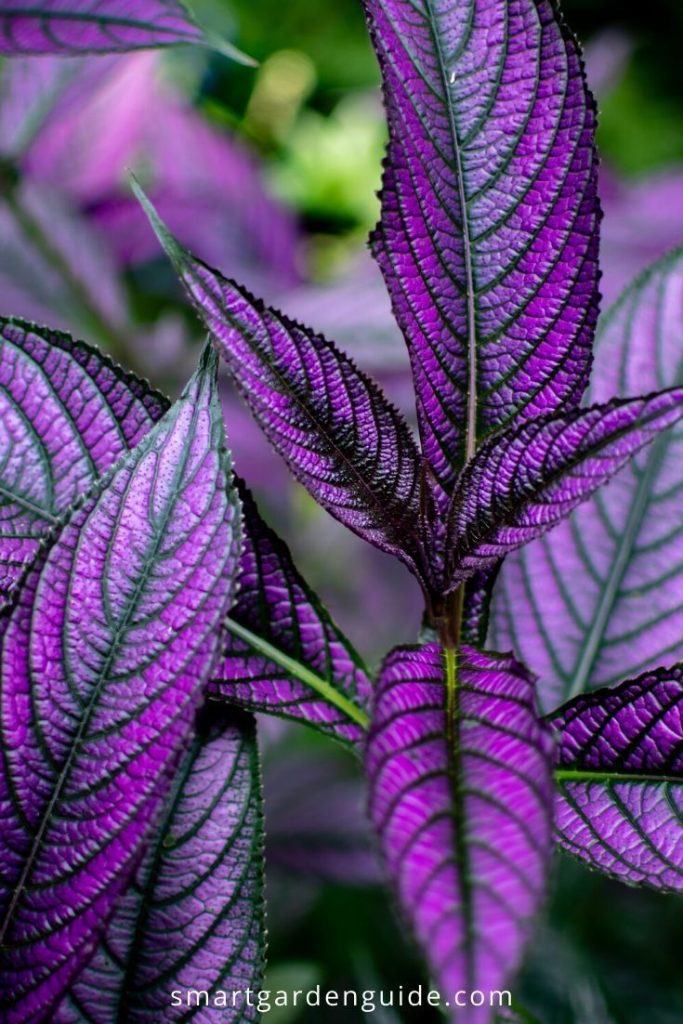
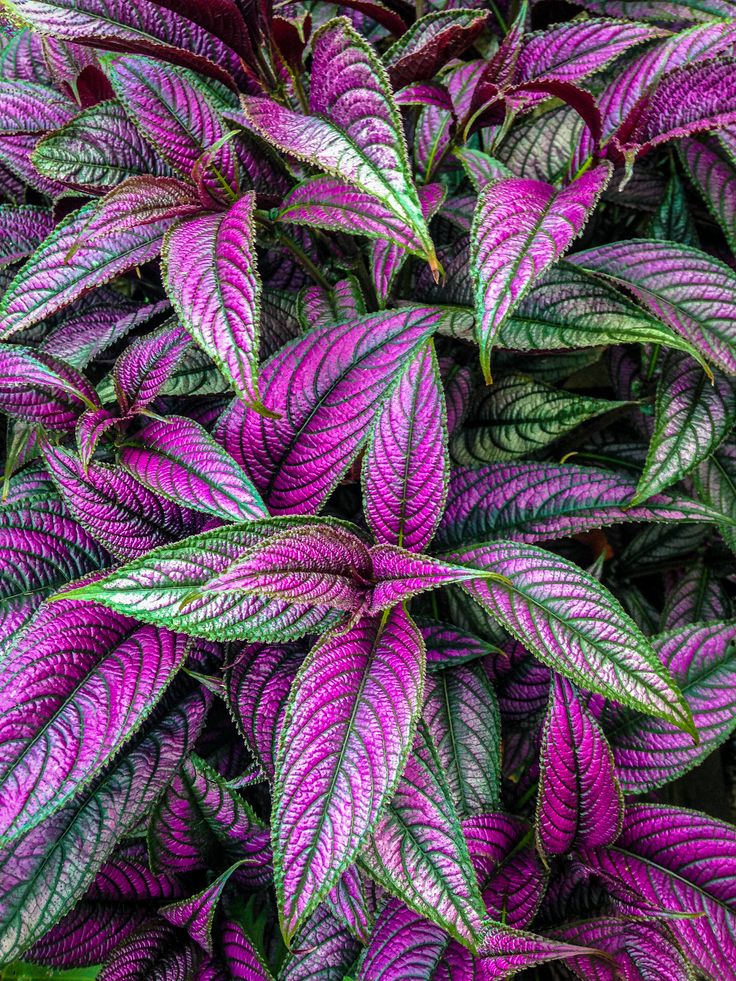
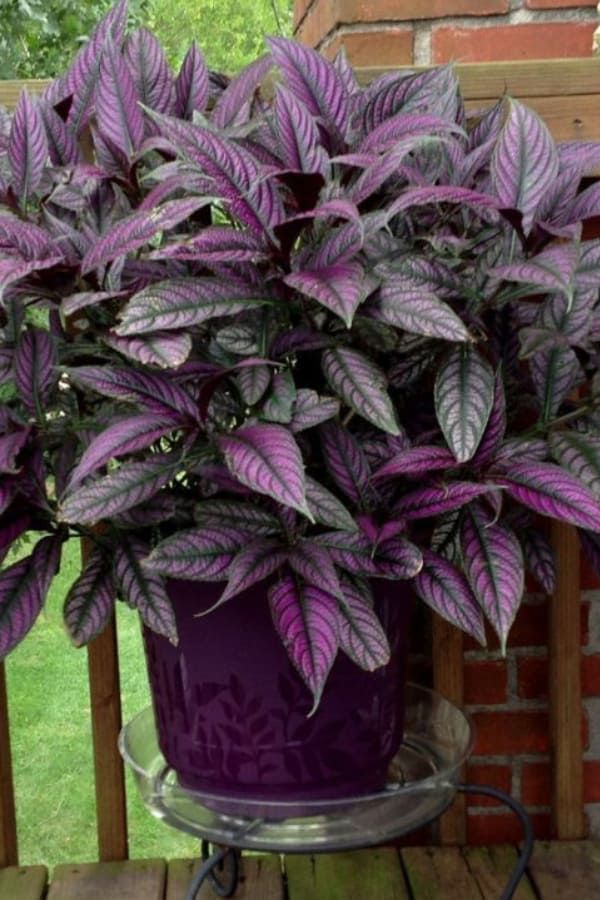
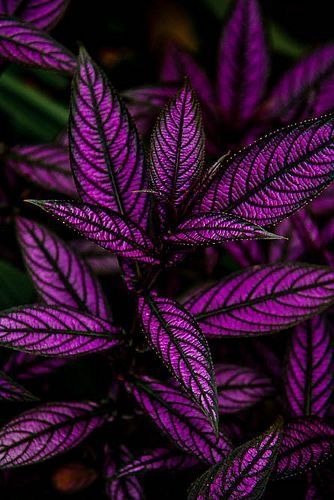
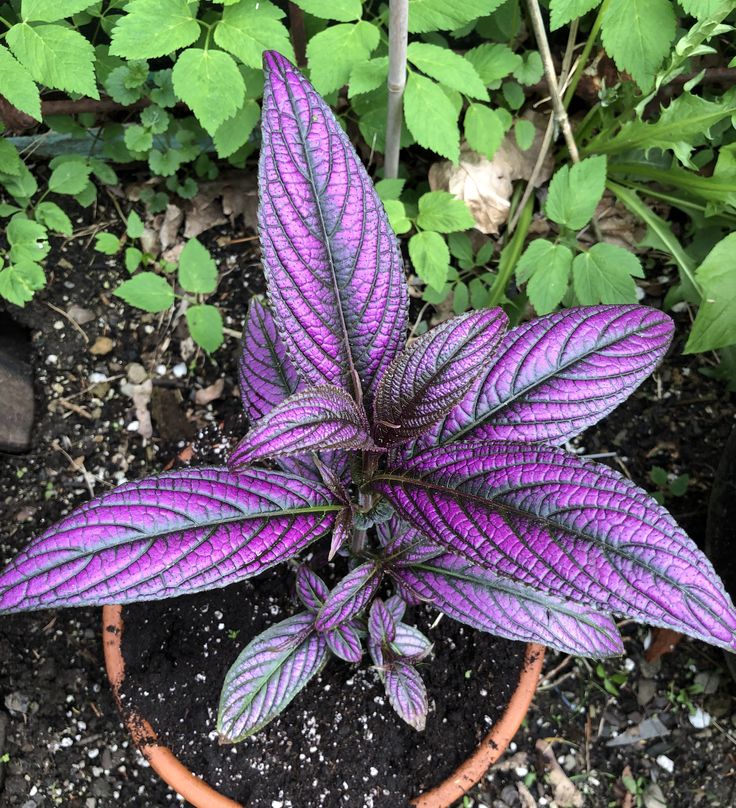
1. Planting Location:
- Sunlight: Persian Shield thrives in partial to full shade. In hotter climates, provide some protection from intense afternoon sun.
- Soil: Use well-draining, rich soil. A mix of potting soil and perlite or sand works well for container planting.
2. Watering:
- Keep the soil consistently moist but not waterlogged. Water when the top inch of soil feels dry.
- Adjust watering frequency based on climate; Persian Shield prefers higher humidity levels.
3. Temperature:
- Persian Shield is sensitive to cold temperatures. Plant outdoors after the last frost in spring and bring indoors if temperatures drop below 50°F (10°C).
4. Fertilization:
- Apply a balanced, water-soluble fertilizer every 4-6 weeks during the growing season (spring and summer).
- Reduce fertilization in fall and winter when growth slows.
5. Pruning:
- Pinch back the growing tips regularly to encourage bushier growth and prevent legginess.
- Remove any damaged or discolored leaves to maintain the plant’s appearance.
6. Propagation:
- Persian Shield can be propagated through stem cuttings. Take 4-6 inch cuttings, remove lower leaves, and root in water or moist soil.
- Propagate in spring for optimal results.
7. Container Gardening:
- Persian Shield is well-suited for container gardening. Use a large pot with drainage holes.
- Bring containers indoors during colder months or if frost is expected.
8. Pests and Diseases:
- Watch for spider mites, aphids, and whiteflies. Treat with insecticidal soap or neem oil if needed.
- Ensure good air circulation to prevent fungal issues.
9. Overwintering:
- In colder climates, cut back on watering in late fall. Mulch around the base for added insulation.
- Indoors, provide bright, indirect light during winter.
10. Aesthetic Companions:
- Pair Persian Shield with plants that complement its vibrant colors, such as Caladiums, Impatiens, or Ferns.
11. Potential Challenges:
- Legginess: Regular pinching and pruning help prevent leggy growth.
- Leaf Drop: Sudden changes in temperature or light conditions may cause temporary leaf drop.
12. Enjoying Indoors:
- Use Persian Shield as an eye-catching houseplant in bright, indirect light.
- Keep away from drafts, and maintain higher humidity by misting or placing a tray of water nearby.
Conclusion:
With its captivating hues and low-maintenance nature, Persian Shield can be a dazzling addition to gardens or indoor spaces. By providing the right conditions and a bit of care, you’ll be rewarded with the continuous beauty of its shimmering foliage.